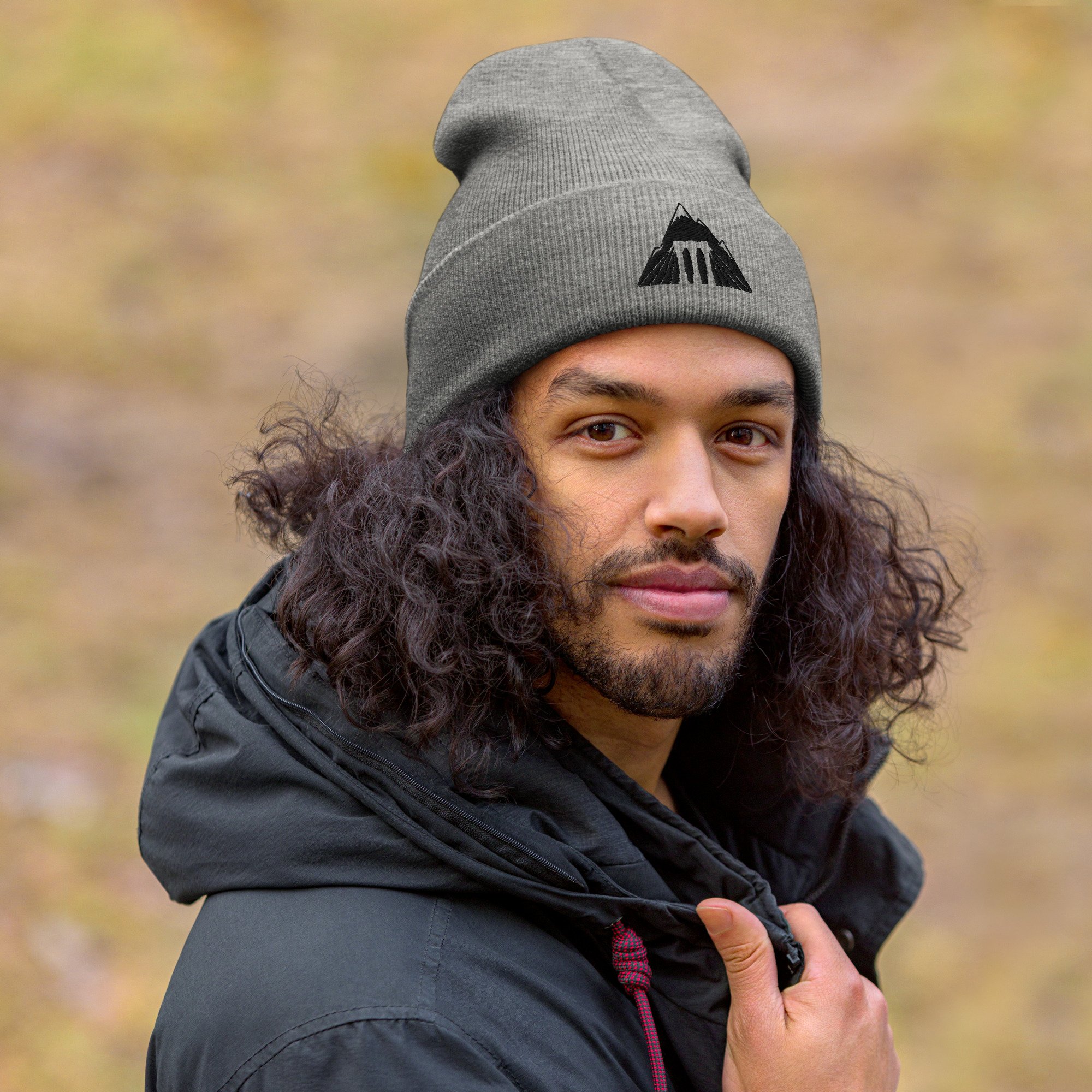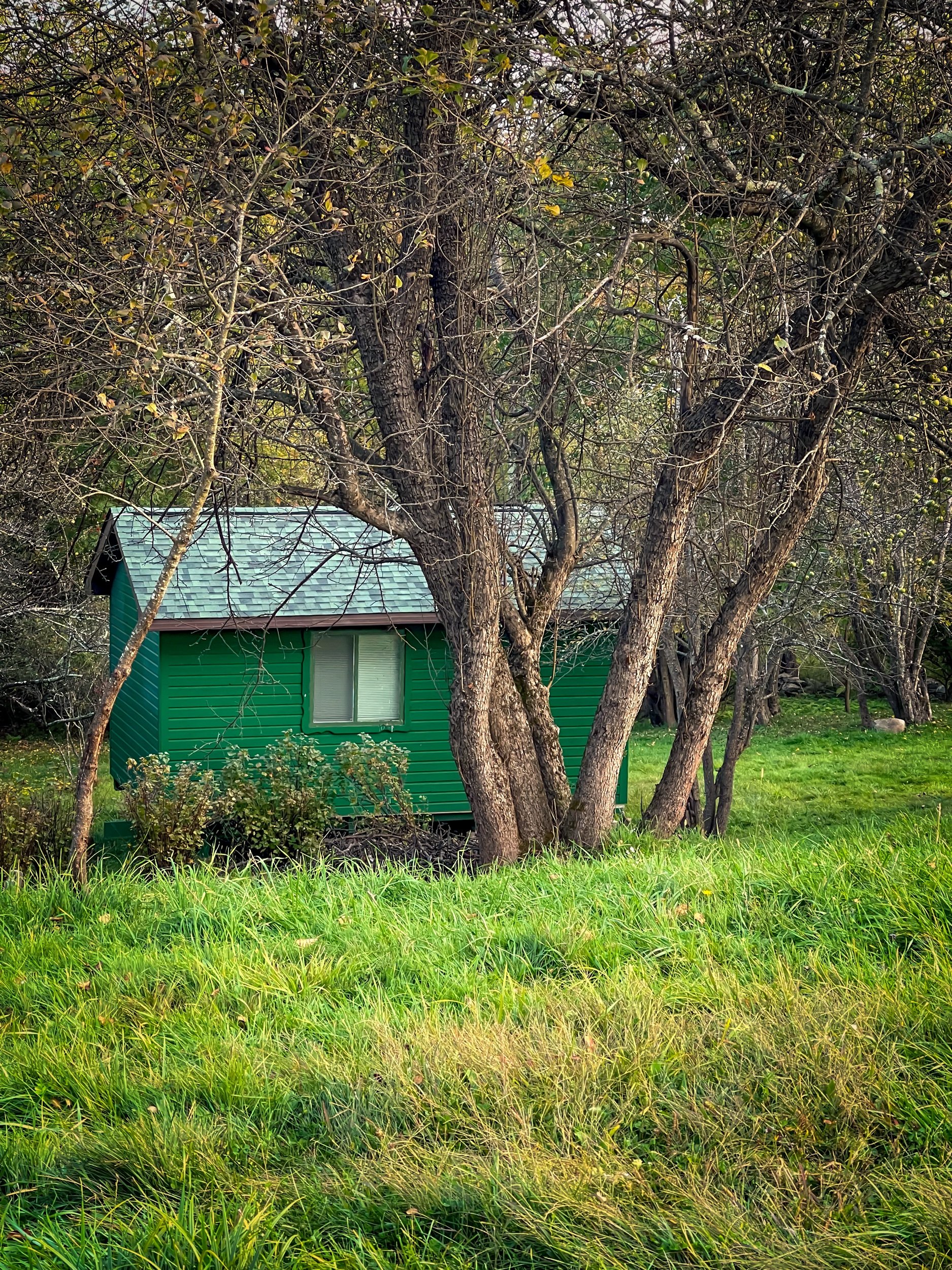Ultimate Guide to Staying Warm While Camping in Fall
As fall sweeps over New York and New England, the vibrant foliage and crisp air make it one of the best times of year to go camping. But with cooler temperatures, staying warm can make the difference between a cozy, enjoyable experience and a chilly, uncomfortable night. Here are some expert tips to help you stay warm and make the most of your fall camping adventure.
Step one: Dressing for Warmth
1. Layer Up Wisely
One of the golden rules of camping in cooler weather is layering. Instead of one thick layer, use multiple thinner layers to trap warmth and allow you to adjust as needed.
Daytime: Start with a top and bottom moisture-wicking base layer (avoid cotton, which retains sweat), followed by an insulating layer (fleece or down), and top it off with a hoodie for mild weather or waterproof outer layer to block wind and rain.
Pro tip: Pack extra clothes in case your layers get damp during the day. Wet clothing is your worst enemy when it comes to staying warm.
Nighttime: When the temperature drops, your feet are often the first to feel it. Wool socks are a camper’s best friend. They keep your feet warm even if they get wet and help regulate body heat.
Pro tip: Change your socks before you get in your sleeping bag. Pack an extra pair of thick wool socks that you only wear at night. Changing into dry, warm socks before bed can make a huge difference in your comfort level.
2. Keep Your Head and Neck Covered
Heat escapes quickly from your head and neck, so wearing a beanie to bed is essential. A scarf or neck gaiter can also help retain warmth. In colder temperatures, a hooded jacket or sleeping bag with a hood can make a world of difference.
Pro tip: Don’t forget to sleep with your mouth and nose exposed to prevent moisture buildup inside your sleeping bag.
3. Keep Your Sleeping Clothes Dry
Never sleep in clothes you've worn all day, especially if they’re damp with sweat. Change into dry, comfortable clothes designated just for sleeping. Long underwear, wool socks, and a thermal top will keep you insulated. Wear a hoodie to keep your neck and head warm, and consider layering with a beanie for an even toastier sleep.
Pro tip: Store your sleeping clothes in a dry bag during the day to ensure they stay moisture-free, protecting them from any dampness in the air.
Other Tips for Staying Warm
4. Keep the Campfire Going
A good campfire not only brings ambiance but also much-needed warmth. Gather plenty of dry firewood to last through the evening, and consider bringing fire starters to get it going quickly. Arrange seating close enough to feel the warmth but not too close to risk stray embers.
Pro tip: If you plan to camp through winter, or just want to be extra warm, you can bounce back the heat from the fire ring using a reflective fire shield (like an emergency tarp behind you). This will retain more heat within your campsite, keeping you extra warm!
5. Invest in a Quality Sleeping Bag
A sleeping bag rated for colder temperatures is a fall camping essential. Look for one with a lower temperature rating than what you expect to experience. For Fall, a 35 degree sleeping bag, like our rental bag, is usually fine. For extra warmth or higher elevation camping, consider a mummy-style bag that hugs your body, trapping more heat. You can also add a sleeping bag liner for an extra layer of insulation.
Pro tip: Shake out your sleeping bag to fluff it up before climbing in. The more loft (air space), the better it will trap heat.
6. Sleep on an Insulated Sleeping Pad
The cold ground can quickly sap the heat from your body, even in the best sleeping bag. Invest in an insulated sleeping pad to create a barrier between you and the ground. Inflatable pads with insulation or foam pads are ideal for fall camping.
Pro tip: Layer a blanket or an additional foam pad under your sleeping pad for extra warmth.
7. Pee Before You Sleep
Believe it or not, your body uses energy to keep the liquid in your bladder warm. If you head to bed with a full bladder, you’ll lose more body heat overnight. Emptying your bladder before turning in allows your body to focus on keeping you warm.
Pro tip: This trick works throughout the entire day! So if you’re sitting around the campfire, but still feeling chilly, consider a bathroom break.
8. Eat a Warm, High-Calorie Meal
Eating a hearty, warm meal before bed can help your body generate heat as it digests the food. Foods high in carbohydrates and fats, like our Elote Chicken Mac and Cheese, provide lasting energy to keep your metabolism going through the night.
Pro tip: Bring a thermos of hot tea or cocoa into your tent, so you can warm up with a sip in the middle of the night without having to leave your sleeping bag.
9. Boil Water for a DIY Hot Water Bottle
Before heading to bed, fill a traditional rubber hot water bottle (like the ones used for aches and pains) with hot water. Slip it into your sleeping bag near your feet or core to provide cozy warmth throughout the night. This simple but effective tool can make a big difference on those chilly fall nights.
Pro tip: Be sure to screw the lid on tightly to prevent leaks, and don’t fill it all the way to allow space for the water to expand as it heats up.
10. Pack Extra Blankets
An extra blanket or two can go a long way in keeping you warm. Wool or fleece blankets are perfect for layering on top of your sleeping bag or using as ground insulation to help trap warmth.
Pro tip: Keep one of your blankets inside your sleeping bag with you at night. In the morning, wrap it around yourself as you get out of bed to help stave off the cold morning air while you make your hot cup of coffee—starting your day snug and warm!
11. Choose the Right Tent Site
Where you pitch your tent is just as important as what you bring to stay warm. Choose a site with natural wind protection, like a stand of trees or a large rock. Additionally, look for a spot that gets plenty of sunshine, as this will help warm up your tent in the morning, making it more inviting when you wake up.
Pro tip: If it’s windy, position your tent so the smallest side faces into the wind to reduce drafts while still maximizing sun exposure during the day.
12. Store Gear in Your Tent
Storing gear like backpacks, shoes, and clothing inside your tent (but not inside your sleeping bag) can help prevent them from getting too cold or damp overnight. It also helps retain a little extra warmth in the tent.
Pro tip: Get your coffee making supplies ready to go before you head to bed. That way they are within easy reach and you can quickly enjoy a warm cup of coffee to start your day.
Are All of These Tips Necessary? Not Really.
We've been camping for years, and we mostly stay warm by layering effectively, keeping the campfire roaring, eating delicious food, and snuggling into warm, dry clothing at night. If you're someone who tends to run cold or wants to avoid as much discomfort as possible, feel free to use as many of these tips as you like—they will all up your cozy factor significantly! Whether you follow a few or go all out, you'll be well-prepared for a snug, enjoyable fall camping experience.
Ready to gear up for your next camping trip? Check out our shop for all your fall camping rental needs, including tents, sleeping bags, hoodies, beanies, blankets and more!
















